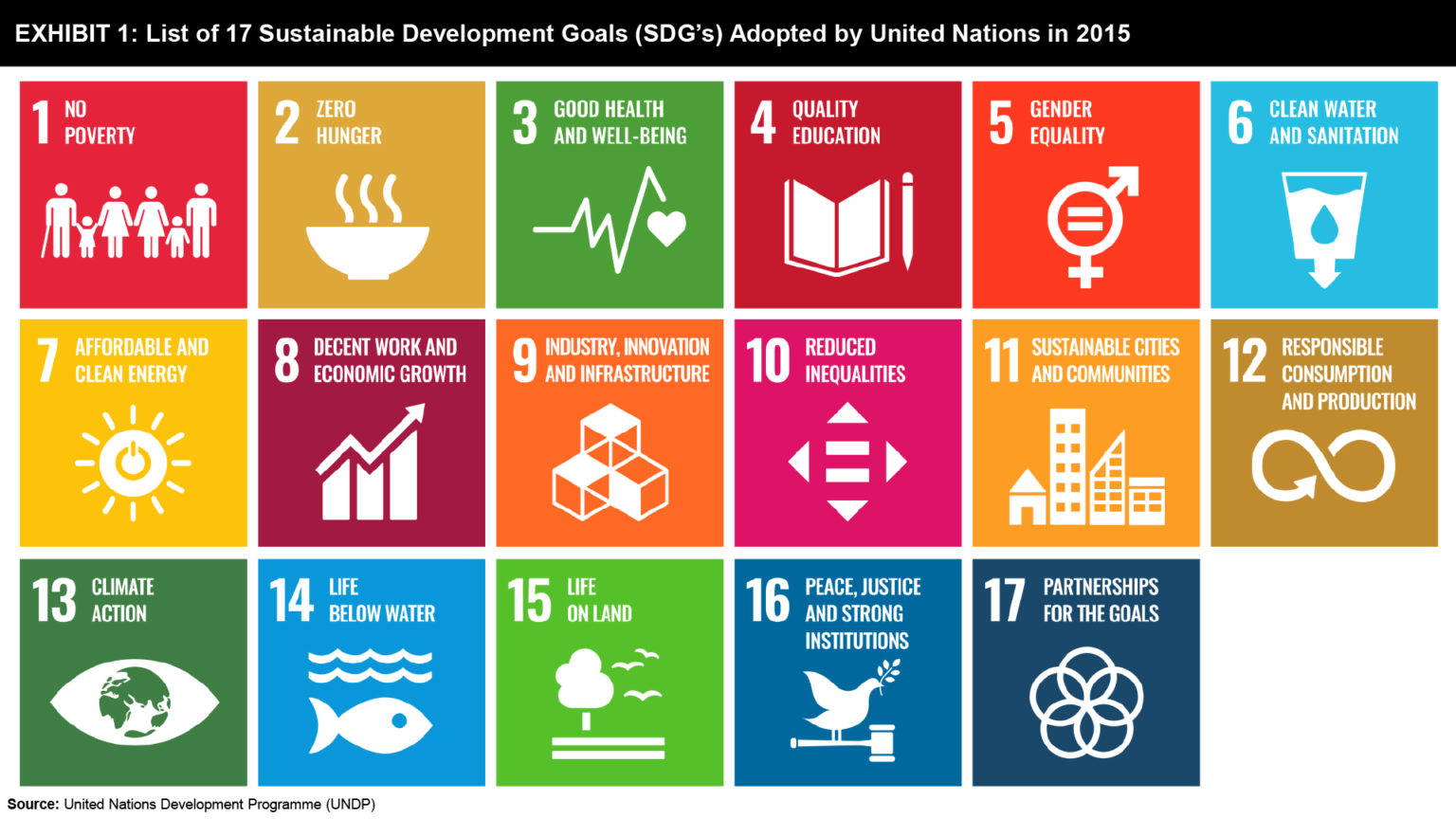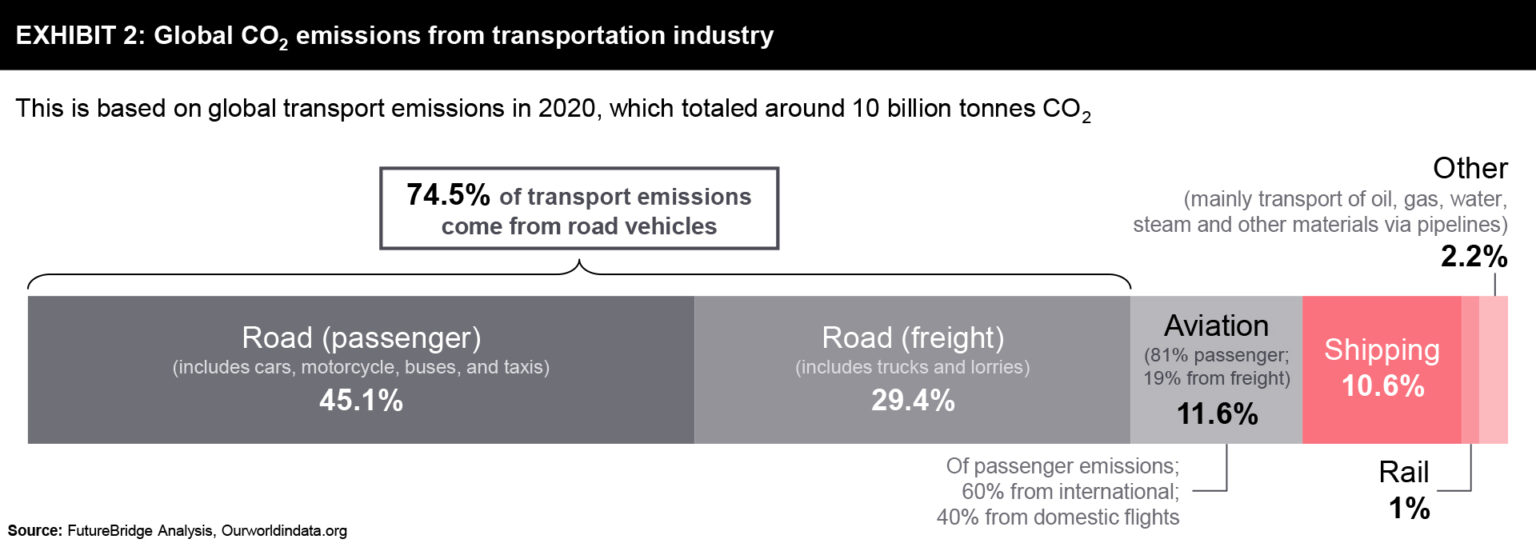Shared Mobility – A Key to Sustainable Future
Listen to this Article
mins | This voice is AI generated.
mins | This voice is AI generated.
In 2015, the United Nations adopted the Sustainable Development Goals (SDGs), also known as the Global Goals, as a universal call-to-action for ending poverty, protecting the planet, and ensuring that by 2030 all people enjoy prosperity and peace.
These seventeen SDGs are intertwined and integrated. Action in one of the areas will indeed affect outcomes in others, and the overall development will help us balance social, economic, and environmental sustainability. Exhibit 1 below presents a list of these seventeen sustainable development goals (SDGs):


Our society consumes resources, manages waste, plans cities, and designs transportation systems, pointing towards significant roadblocks to globally achieving the environmental and social goals. The transportation industry is currently the largest producer of energy-related CO₂ emissions accounting for 24% of the overall emissions (based on global transport emissions in 2020, totaling around 10 billion tonnes of CO₂). Transport emissions from road vehicles stood at approximately 75%.


Transportation will undoubtedly play a key role in achieving these sustainable development goals. However, our current transportation systems prevent our aspirations for developing a sustainable future.
According to the IEA (International Energy Agency), forced restrictions on daily travel and the consequent economic depression brought on by the pandemic resulted in a significant decrease in world emissions of CO2 in 2020, as much as 8% compared to 2019. The pandemic yielded some positives, resulting in a reduction in air pollution and bringing about unexpectedly cleaner air. We need to figure out how to retain these benefits while ensuring an economic recovery for all stakeholders.
While coronavirus vaccines provide a glimmer of hope, we also witness a return of vehicular traffic that contributes to air pollution and adverse health effects again. Many individuals changed their travel habits during the pandemic with positive outcomes. In the US, for example, walking/cycling as a mobility option increased by 14% from 2019.
However, there are adverse effects too. A decrease in shared mobility services resulted from the pandemic, such as a decline in public transportation riders, elimination of shared pooled MaaS services, and increased private vehicle ownership.
A study suggests that the public now perceives personal vehicles as a much safer option than public transportation. A rise in vehicle ownership comes with an increase in demand for parking, an increase in CO₂ emissions, and an increase in road deaths, too, unfortunately. As lockdowns were lifted around the world in December 2020, the economic and industrial recovery rebound led to a rise in global CO2 emissions of 2% (+60 million tonnes of CO₂), compared to the same month last year.
As a society, we need to find innovative ways to re-draft the future, developing more sustainable and social practices from an energy and environmental standpoint. If there is one thing that we can learn from the pandemic, we are a vulnerable society, and unexpected events will happen. The integration of traditional public transport with electric micro-mobility can be one such innovative way forward. We should look to expedite this model and realize its full potential.
Innovative shared mobility trends provide sustainable and affordable mobility options for people to help achieve our global sustainability goals. Shared mobility with its potential advantages – such as a decrease in private vehicles, reducing traffic congestion, and increasing urban space – can contribute to our societal and environmental success.
Shared mobility, by using different types of transportation means – cars, mopeds, bikes, and scooters through shared platforms can contribute to a change worldwide. Individual mobility, micro-mobility, and multi-modal mobility collectively can come under share mobility platforms and has an expected CAGR of approximately 25% by 2025.
New trends are emerging, such as “NO-ownership” or the decision not to own material stuff, vehicles preferring pay-per-use service models, and so on. We are at the beginning of a revolution, however, it has already started to change our habits and help cities in reducing their carbon footprint. Shared mobility, is one solution that offers a form of mobility that has numerous benefits with an eye on developing a sustainable future –
References
Share your focus area or question to engage with our Analysts through the Business Objectives service.
Submit My Business ObjectiveOur long-standing clients include some of the worlds leading brands and forward-thinking corporations.




























